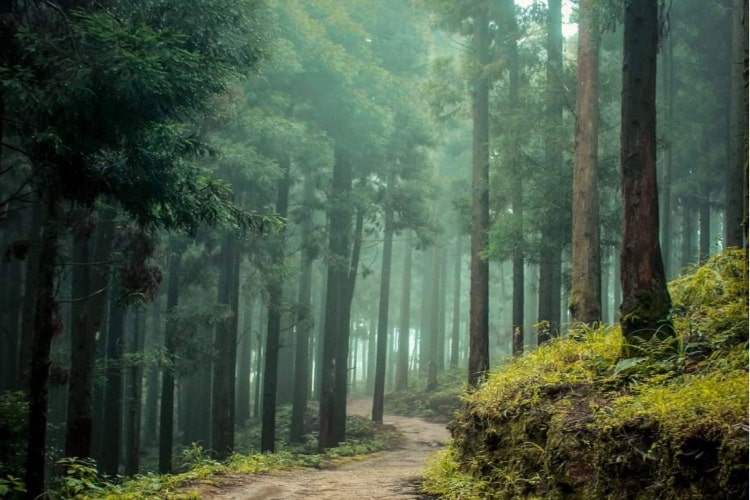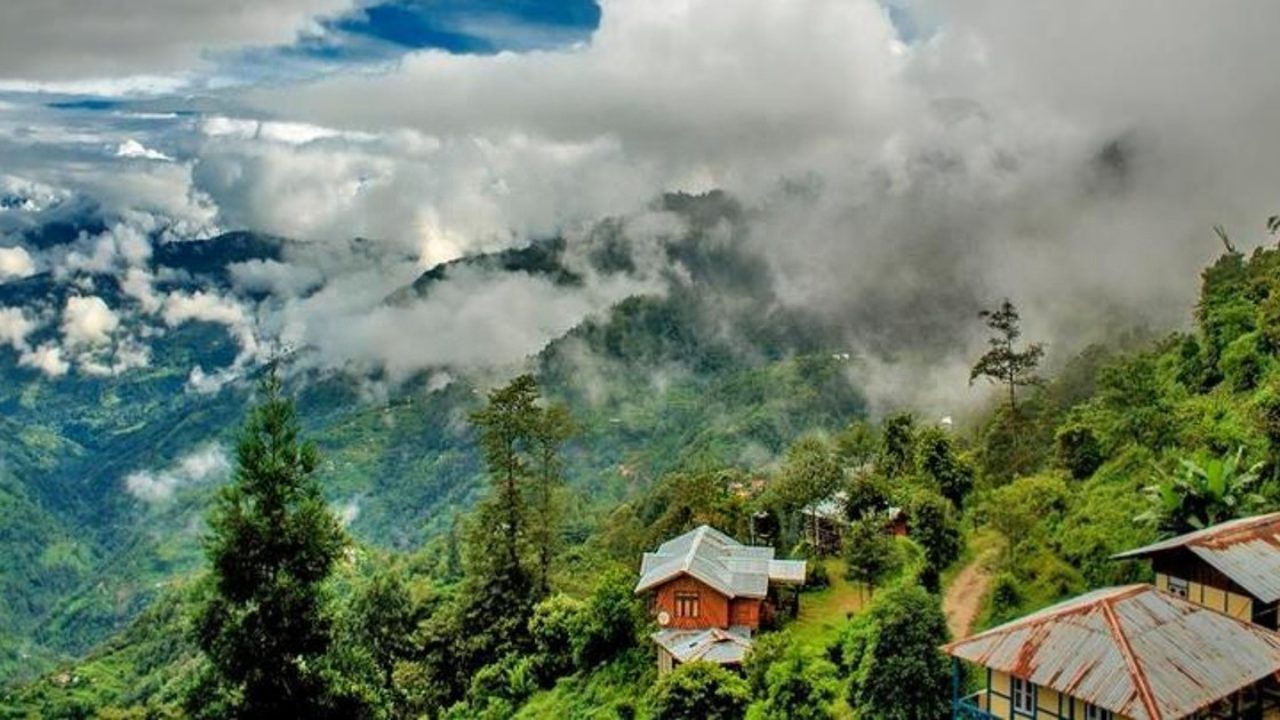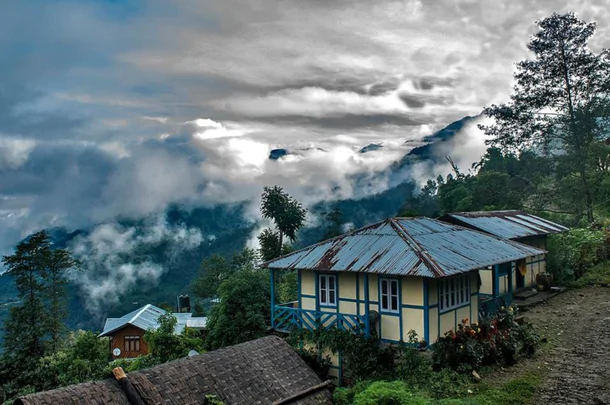"Dream, Dream, Dream! Conduct these dreams into thoughts, and then transform them into action."
- Dr. A. P. J. Abdul Kalam
"Dream, Dream, Dream! Conduct these dreams into thoughts, and then transform them into action."
- Dr. A. P. J. Abdul Kalam
13 Sep 2024
Situated approximately 18 kilometers away from Darjeeling in West Bengal, Lepchajagat is a serene village bordered by dense forests of oak and rhododendron. Lepchajagat is an interesting destination for tourists with spectacular sunrise views of Kanchenjunga Peak. The Lepcha tribe was the initial inhabitants of the little town amid the forest. This gave rise to the term ‘Lepchajagat’, which means "the world of Lepchas" (also known as Lepcha Jagat). The Lepcha people, who originated in Sikkim, are now dispersed over Tibet, Nepal, Bhutan, and the hills of Darjeeling. At 6,956 feet (2,123 meters) above sea level, Lepchajagat is located on the path that connects Ghoom and Sukhia Pokhri (also known as Sukhiapokhri). Lepchjagat's stunning natural beauty and close proximity to Darjeeling, Nepal, and Bhutan are its main draws.

(Source: Google Images)
Lepchajagat was founded by 20 Lepcha households more than 250 years ago, according to the locals. As the number of tea farms in the Darjeeling region increased during the 1800s, more Lepcha people moved there in pursuit of livelihood. Plantation owners needed laborers who could work for little pay and had familiarity with the strange and dense hills; the Lepchas were a perfect fit. Lepchas eventually established a permanent residence in the jungle, giving birth to Lepchajagat.

(Source: Google Images)
Lepchajagat is currently a part of the West Bengal Forest Development Corporation's (WBFDC) reserved forest area. There are lots of Lepcha-run homestays where guests can get to know the way of life in the area. Lepcha homes are square in design, typically constructed of wood, bamboo, and stone, and they adhere to indigenous architecture. The majority of them are a little taller than two stories.
On a clear day, you can view all five of the Kanchenjunga's summits from the Hawa Ghar in Lepchajagat. One can do several things at Lepchajagat. Pashupati, a Nepalese town on the border between India and Nepal, is around 15 km or 30 minutes' drive from Lepchajagat. Indian visitors are allowed to pass through the border post for shopping and other purposes, but Indian cars are not allowed to enter.
While staying close to Lepchajagat, travelers who are interested in discovering Nepal will find Pashupati town to be a convenient stop. There are numerous alternatives for purchasing winter clothing, hiking and trekking gear, backpacks, shoes, bags, and a host of other products at the Pashupati market. Near Lepchajagat, Sukhia Pokhri is another well-liked tourist destination. Sukhia Pokhri, which is located on the border between India and Bhutan, offers unobstructed views of the Himalayan Range. There are lots of locally made goods and trinkets in this lively local market.

(Source: Google Images)
The community is well-known for its wide selection of classic Land Rovers, and one of the main draws for tourists is the Land Rover Jeep Safari to Sandakphu. Another must-see place is Jorepokhari, which is close to the WBFDC Forest Bungalow in Lepchajagat. Translating to "Twin Lakes," "Jorepokhari" is surrounded by the verdant Senchel Wildlife Sanctuary. This is among the final habitats left to the critically endangered Himalayan Salamander. Jorepokhari's ecological significance is matched by its breathtaking views of Mt. Kanchenjunga.
Lepchajagat is even more lovely when the sun rises above Kanchenjunga Peak. The hamlet is a very restorative getaway, especially when combined with the lovely weather and the soothing chorus of birds. I feel this travel destination is a beautiful burst of nature embodied in an exhilarating experience!